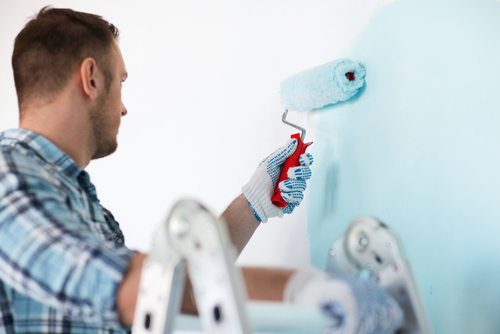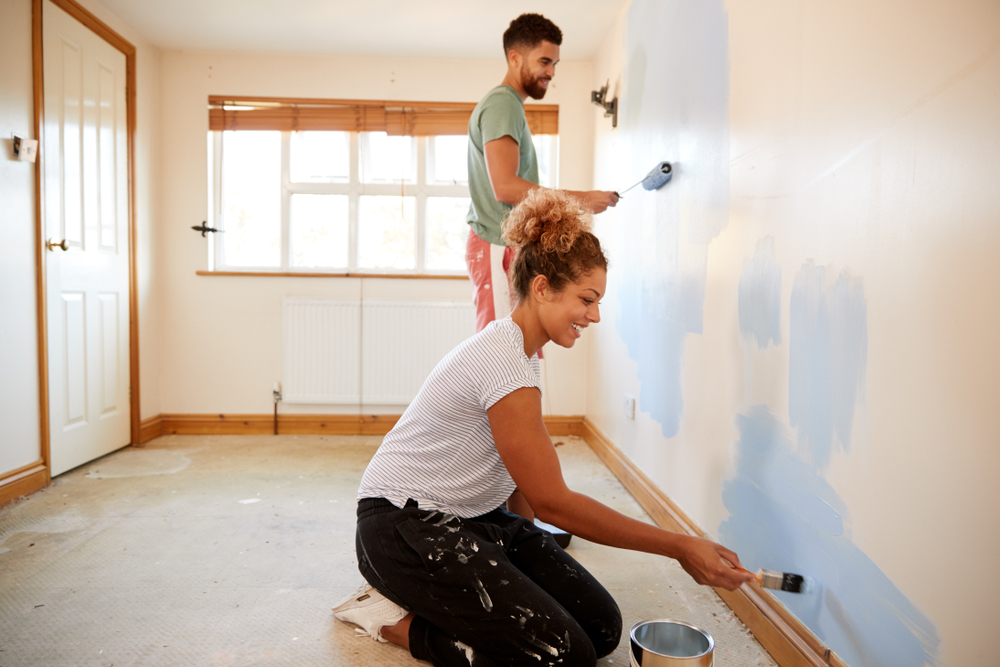Troubleshooting Plumbing Issues in Rental Properties: A Step-by-Step Guide
Troubleshooting Plumbing Issues in Rental Properties: A Step-by-Step Guide
Blog Article
Do you find yourself interested in content on How to Handle Plumbing Issues in Rental Properties?

Taking care of pipes issues in rental residential properties efficiently is important for keeping tenant complete satisfaction and protecting the property's value. Whether you're a property owner or a building supervisor, knowing exactly how to attend to these usual issues can conserve you money and time while making certain conformity with lawful responsibilities. Here's a step-by-step guide on exactly how to manage pipes problems in rental buildings.
Develop Clear Interaction
Urge lessees to report any pipes concerns as quickly as they take place. Give multiple communication channels such as phone, e-mail, or an occupant site to make it simple for them to connect. Trigger actions to these reports can avoid minor issues from intensifying into major problems.
Inform Renters
Educate your tenants about what constitutes a plumbing emergency situation and what does not. Provide standards on exactly how to take care of minor issues themselves, such as using a bettor to unblock a bathroom. Additionally, educate them about what they should stay clear of taking down drains pipes to avoid clogs, such as oil, coffee premises, and non-biodegradable products.
Regular Upkeep
Carry out a routine maintenance timetable for all pipes systems in your leasing homes. Regular checks can aid recognize and fix issues like leakages, sluggish drains, or rusty pipelines before they come to be severe. Think about hiring a specialist plumbing professional to check the residential or commercial properties annually or semi-annually.
Quick Feedback to Emergency Situations
Have a plan in place for replying to plumbing emergency situations. This must include having the call info of reliable pipes services that use 24/7 emergency fixings. Quick action is essential to lessen damage in circumstances like burst pipes or extreme leakages.
File Every little thing
Keep in-depth records of all reported pipes concerns and the actions required to resolve them. Paperwork should include days, descriptions of the issue, interaction with tenants, and invoices from contractors or plumbing professionals. This info can be critical for insurance cases, tax obligation deductions, and legal defense.
Usage Qualified Professionals
Always utilize qualified and insured professionals for considerable pipes fixings and installations. This makes sure that the job is up to code and can assist avoid obligation concerns in case of crashes or additional damages. It additionally reassures renters that fixings are being dealt with expertly.
Understand Legal Duties
Be aware of your legal obligations relating to pipes and basic home maintenance. Most jurisdictions need property managers to guarantee their buildings are habitable and that all pipes systems are in good working order. Failing to resolve serious issues promptly can result in legal actions from occupants.
Tenant Compensations
If a plumbing problem calls for instant interest and the occupant settles the concern on their own, have a clear plan in place for compensating prices. Make certain occupants understand they should obtain previous approval for higher-cost repair work unless it's an outright emergency.
Preventive Upgrades
Take into consideration upgrading older pipes systems and components to much more modern, reliable designs. This can lower the frequency and intensity of pipes concerns and reduced long-term upkeep prices. It's also a selling factor for potential lessees that value upgrades and contemporary functions.
Tenant Move-Out Inspections
Conduct thorough plumbing checks throughout move-out evaluations to make certain that any kind of issues are identified and dealt with before a new renter relocate. This prevents conflicts with new renters over pre-existing problems and guarantees the home remains in leading problem.
Conclusion
Managing plumbing concerns in rental properties calls for a proactive technique and excellent interaction with lessees. By remaining on top of upkeep, reacting immediately to emergency situations, and making use of competent experts, landlords can keep their residential or commercial properties in outstanding condition and keep good relationships with occupants.
How to Handle Water Damage in a Rental Property
What is Water Damage?
Water damage is harm or destruction caused by water entering areas where it is not supposed to be. It can be caused by a variety of sources and can manifest in different ways. The most common examples of water damage include:
Leaking roof Plumbing leaks Appliance malfunctions Poor drainage Flooding Sewage backup Condensation Tenant negligence HVAC system issues Frozen pipes Is water damage dangerous?
Water damage itself is not inherently dangerous, but it can lead to various hazards and health risks if not promptly and properly addressed. The severity of these risks depends on the extent of the water damage, the source of the water, and how quickly it is mitigated.
Some potential dangers associated with water damage include structural damage, mold and bacterial growth, electrical hazards, water contamination, and pest infestations. In situations where mold and mildew have gone unaddressed, mold can start to develop within 24-48 hours of water exposure, and this can impose a serious health risk to tenants. In particular, mold spores and damp conditions can lead to respiratory issues and even make existing health problems worse, such as allergies, asthma, or immune disorders.
Water Damage in an Apartment - Who is Responsible?
If the water damage is caused by the tenant’s negligence, the tenant is responsible for the cost of repairs. If the water damage is caused by a defect in the property, the landlord is responsible for the cost of repairs. If the water damage is a result of natural causes, such as excessive rain, then the landlord is responsible, since the water intrusion likely occurred due to a defect in the property. Landlord Responsibility water damage in rental property
Since maintaining habitability is the landlord’s legal responsibility, landlords are responsible for any resulting structural damage caused by water damage. These structural damages may include damage to walls, roofs, ceilings, and flooring. If water damage has affected the rental property’s original structure, the landlord is responsible for repairing or replacing those materials. Therefore, landlords should have property insurance that covers the structural components of their rental property so that they can receive help with the costs of covered events.
Preventative measures can also help landlords avoid massive renovations. Preventative maintenance may include conducting regular inspections to identify and address potential water damage before it becomes a major and urgent problem.
If a landlord fails to meet their responsibilities regarding water damage, it can lead to legal disputes and potential liability. Tenants who believe their landlord is not addressing water damage issues in accordance with California law can seek legal advice or contact local housing authorities for assistance.
https://www.goodlifemgmt.com/blog/water-damage-in-a-rental-property/

Do you enjoy reading up on How can you handle tenant plumbing issues effectively? Place a remark down the page. We would be delighted to hear your thinking about this piece. We hope to see you back again in the future. For those who enjoyed reading our blog posting plz be sure to pass it around. Thank you so much for your time spent reading it.
Report this page